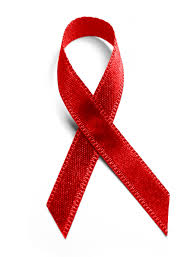
It’s unavoidable…HIV/AIDS is prevalent in the United States, especially in the gay population. More than one million Americans are living with this virus; one in five people don’t know it. There are public service announcements (PSA), radio segments, TV programs, erected nonprofit organizations, all designed to help reduce the spread of HIV/AIDS. Now, another ally in the fight steps forth.
Exciting news in the medical industry has discovered that a pill used to treat HIV infection is also a powerful weapon in protecting against the infection as well. This said pill, called Truvada, cut the risk of HIV infection by more than 70 percent in men! Furthermore, the pill raised more sexual consciousness and decreased the amount of risky sexual behavior in subjects.
Despite this revolutionary development in medicine, science and health officials still recommend taking routine precautions, including abstinence, using protection, and getting tested regularly. This not only will help in the physical realm, but also in the psychological realm. HIV/AIDS not only affects the body, but the worry develops mental issues like depression, anxiety, anger problems, weakened immune systems and various other ailments. This new development brings peace of mind and assurance to people who want to maintain sexual responsibility for themselves and those they love, but even with these steps, precautions and great strides, there are still some groups who are at risk for HIV.
Because of certain social stigmas, our Black women are still highly at risk for contracting HIV. Much of this stems from Black males’ poor sexual behavior and the unwillingness to get tested regularly. As a result, more than 70% of Black women are infected each year. Thankfully, if a woman becomes pregnant from an HIV positive male, proper treatment and developments can reduce the risk of spreading the virus to her child (see the video below on how this works, and how you can do your part.)
For more information on “No Child Born With HIV By 2015”, please click here.
Is this recent development a sign of hope for those living with HIV/AIDS, and a great prevention tool for healthy human beings? Do you feel that the world is well-educated on HIV/AIDS contraction, or are we still in the dark? What methods can we use to further educate our population on this growing epidemic? Share your thoughts on the blog!



